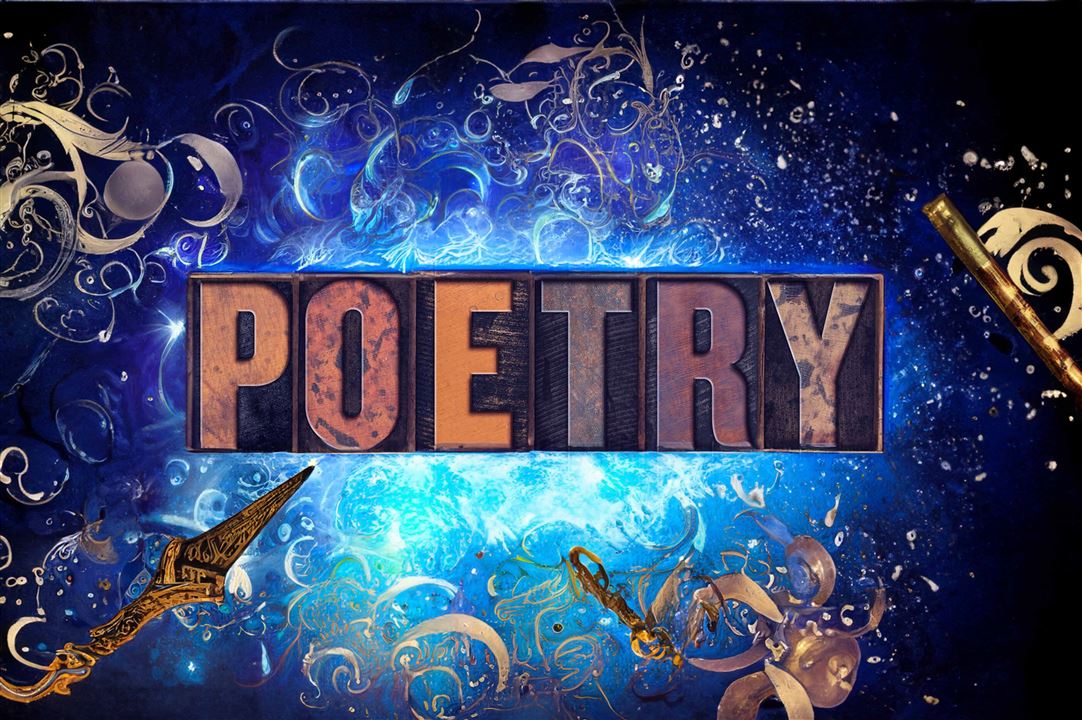Poetry, with its intricate play of language, emotion, and rhythm, is often considered the purest form of literary art. It captures the essence of human experience in a condensed and powerful way, making the challenge of translating poetry a unique and profound endeavor. Translating poetry is not merely about converting words from one language to another; it is about preserving the soul of the poem, its musicality, and the emotional resonance that it evokes in readers. The magic of poetry in translation lies in its ability to bridge cultural and linguistic divides, celebrating multilingual verses that enrich our global literary tapestry.

The Challenge of Translating Poetry
Translating poetry is a complex and nuanced task. Unlike prose, where the focus is on conveying information and narrative, poetry relies heavily on the interplay of sounds, rhythms, and subtle connotations. This makes the translator's job particularly challenging as they must navigate the following aspects:
- Meaning and Nuance: Words in poetry often carry multiple layers of meaning, including metaphorical and symbolic nuances. A good translation must capture these layers to preserve the depth of the original poem.
- Form and Structure: Poetic forms vary widely, from sonnets and haikus to free verse. The structure, rhyme scheme, and meter are integral to a poem’s identity, and translating these elements while maintaining the poem's integrity requires creativity and skill.
- Sound and Rhythm: The musical quality of a poem, including its alliteration, assonance, and rhythm, is crucial to its impact. Translators must find ways to recreate these auditory effects in the target language.
- Cultural Context: Poetry often reflects the cultural and historical context of its origin. Translators must understand and convey these cultural nuances to ensure the translated poem resonates with readers in a different linguistic and cultural setting.
Celebrating Multilingual Verses
Despite these challenges, the translation of poetry offers a unique opportunity to celebrate multilingualism and cultural diversity. Each translated poem is a testament to the universal nature of human emotions and experiences, transcending linguistic barriers and enriching the literary world. Here are some ways in which poetry in translation celebrates multilingual verses:
1. Cross-Cultural Exchange
Translating poetry fosters cross-cultural exchange by allowing readers to access literary works from different parts of the world. This exchange broadens our understanding of diverse cultures and perspectives. For instance, the translated works of Persian poets like Rumi and Hafez have introduced Western audiences to the rich spiritual and philosophical traditions of the Middle East.
2. Preservation of Heritage
Translation plays a crucial role in preserving and promoting literary heritage. Many languages, especially those spoken by smaller communities, face the threat of extinction. Translating poetry from these languages into more widely spoken ones helps preserve their cultural heritage and brings their literary treasures to a global audience. This not only celebrates the beauty of these languages but also ensures their legacy endures.
3. Creative Collaboration
Poetry translation often involves collaboration between poets, translators, and scholars. This collaborative process can be incredibly creative and enriching, as it brings together diverse linguistic and artistic sensibilities. For example, the translation of classical Chinese poetry often involves both sinologists and poets to capture the aesthetic and philosophical essence of the original texts.
4. Innovative Interpretations
Translation is not a mere replication but an act of interpretation. Translators bring their unique voices and perspectives to the poems they translate, resulting in innovative and fresh interpretations. These new versions can offer different insights and resonate with contemporary audiences in ways the original may not have. For instance, various translations of Dante’s "Divine Comedy" have highlighted different aspects of its rich allegory and theology, enriching our appreciation of this masterpiece.
Notable Examples of Poetry in Translation
Several notable translations have made significant contributions to the world of literature, showcasing the magic of poetry in translation:
- Homer’s "Iliad" and "Odyssey": Translated by numerous scholars and poets over the centuries, these epic poems have been rendered into various languages, each translation offering a new lens through which to view these ancient works. The translations by Robert Fagles, for example, are celebrated for their accessibility and poetic quality.
- Pablo Neruda’s "Twenty Love Poems and a Song of Despair": This collection, originally written in Spanish, has been translated into many languages, allowing Neruda’s passionate and sensuous verses to touch readers worldwide. The English translations by W.S. Merwin maintain the emotional intensity and lyrical beauty of the originals.
- Anna Akhmatova’s Poetry: The works of the Russian poet Anna Akhmatova have been translated into numerous languages, capturing her poignant reflections on love, loss, and political oppression. The translations by Judith Hemschemeyer are particularly renowned for their fidelity to Akhmatova’s voice and style.
The Role of the Translator
The translator’s role in this process is akin to that of an artist. They must not only understand the original poem deeply but also possess the creative ability to recreate its magic in another language. This involves making difficult choices about which aspects of the poem to prioritize – whether to focus on preserving the form, the exact meaning, or the emotional impact.
Good translators like Centus strike a balance between fidelity to the original and the creation of a new work of art that stands on its own in the target language. They navigate the tension between literal translation and creative adaptation, aiming to produce a poem that feels authentic and resonant to new readers.
Conclusion
The magic of poetry in translation lies in its ability to transcend linguistic boundaries and celebrate the diversity of human expression. Through the careful and creative work of translators, poems from different cultures and eras come to life in new languages, enriching the global literary landscape. These multilingual verses offer a glimpse into the universal themes of love, loss, joy, and sorrow, reminding us of our shared humanity. As we celebrate poetry in translation, we honor the art of the translator and the enduring power of poetic expression to connect us across cultures and languages.